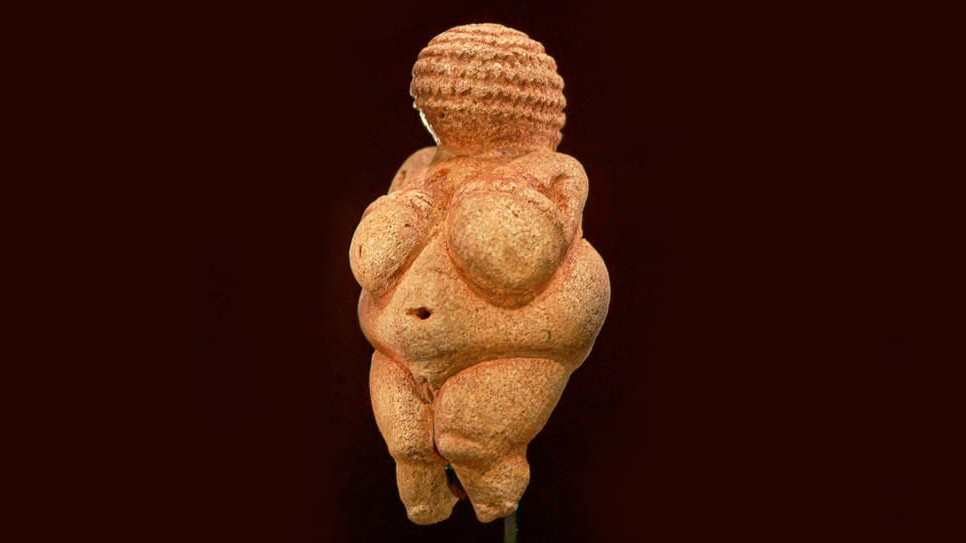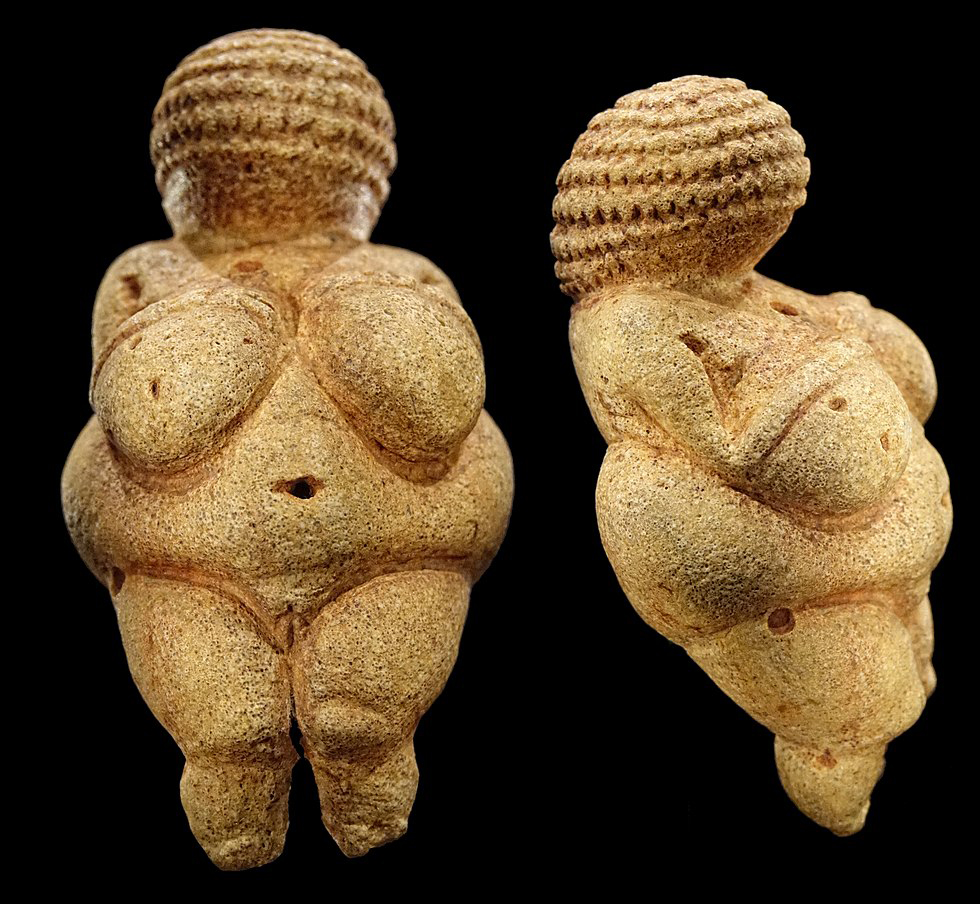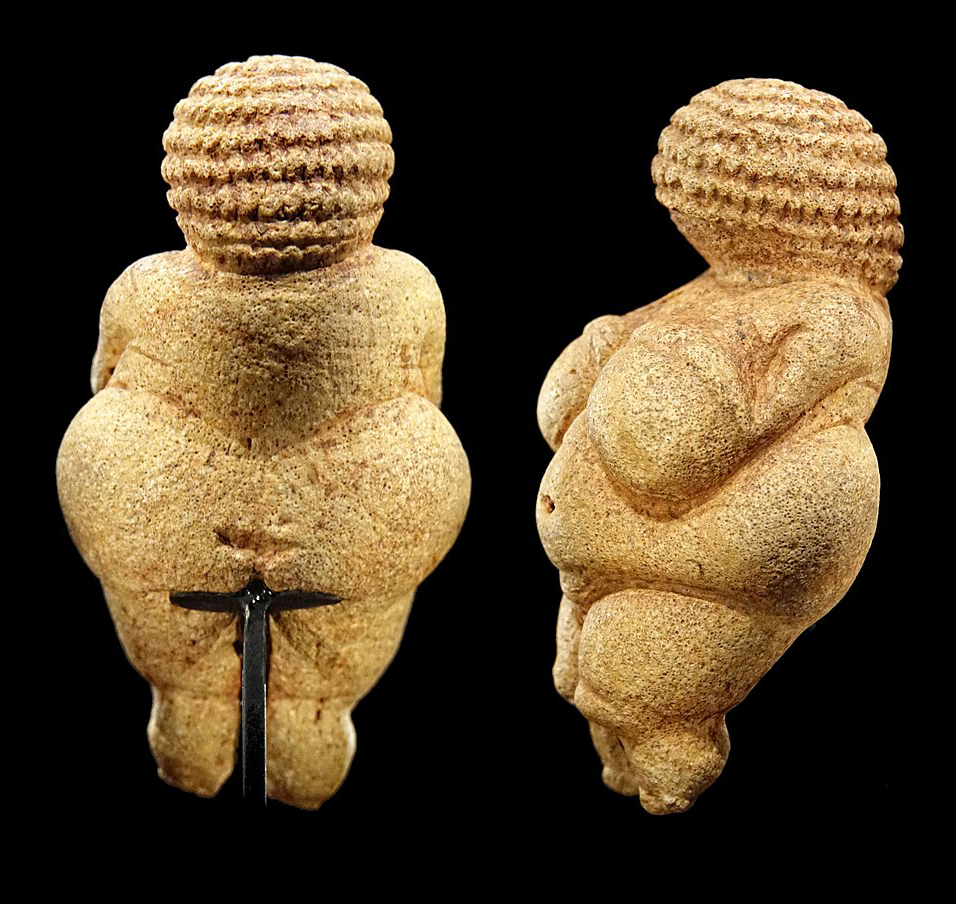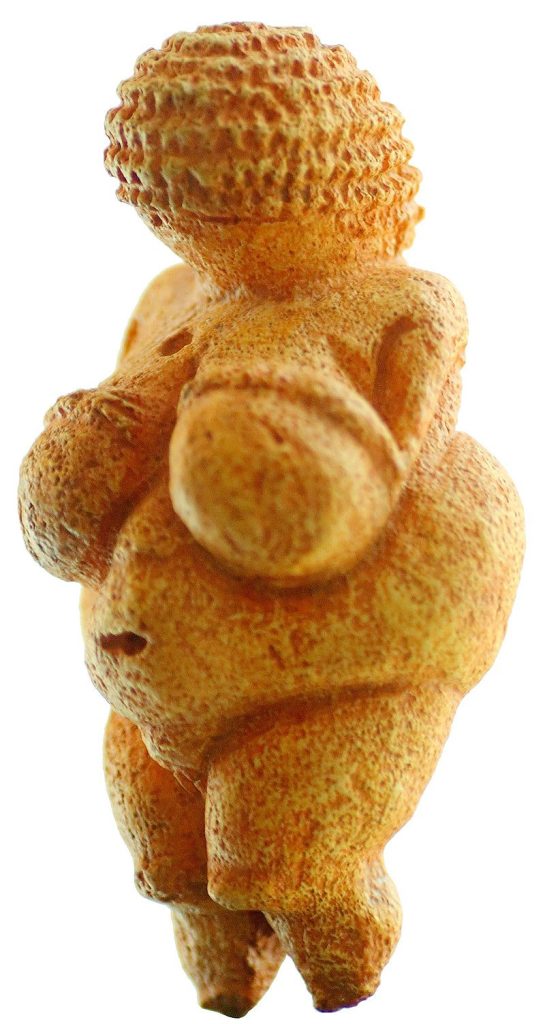Introduction: A Mysterious Small Sculpture

The sculpture ‘Venus of Villendorf’ is known as a primitive masterpiece in art history, and is a small sculpture only about four inches tall. It was discovered in Austria in 1908, and although its true function is still uncertain, speculation about it ranges from fertility goddesses to sexual masturbation aids. Some scholars even suggest that it may be a self portrait created by a woman. It is the most famous among many similar objects related to the Paleolithic period.
Discovery and Description of venus of willendorf

The sculpture ‘Venus of Willendorf’ was discovered near the village of Willendorf in Austria in 1908, hence its name. The height of this sculpture is only a little over four inches and is made of limestone. Its appearance is characterized by a plump and curvy female body, but lacks clear facial features. The sculpted arm curled into two small circles, seemingly surrounding its body, while the head had almost no facial features, only a sunken skull.
The Mystery of Functionality
Although the history of the sculpture ‘Venus of Willendorf’ dates back thousands of years, there is still no conclusive evidence to prove its true function. This mystery has led people to propose various speculations in an attempt to unravel this ancient mystery. One common speculation is that it may be a symbol of a fertility goddess, representing the worship of fertility and vitality in early society. However, there are some more controversial theories that suggest that it may be a tool for sexual masturbation, or a self portrait created by a female artist that emphasizes one’s fullness and confidence.

Numerous Paleolithic analogues
Although the sculpture ‘Venus of Willendorf’ is unique, it does not exist in isolation. In archaeological sites of the Paleolithic Age, many similar female sculptures have been discovered, all of which have plump body curves and abstract features. These ancient works of art reflect the importance of women and fertility in society at that time, and also provide valuable clues for modern people to understand early culture and belief systems.
The possibility of female self portrait
Some scholars have proposed an interesting theory that the sculpture ‘Venus of Willendovf’ may be a self portrait created by a female artist. Supporters of this theory believe that the bodily features depicted in sculptures are more likely to be the creation of a female artist’s natural form, rather than an external aesthetic symbol. This viewpoint emphasizes the possible role of ancient women in artistic creation, giving sculpture a deeper connotation.

Conclusion: The History and Mystery of the Venus of Willendovf Sculpture
The sculpture ‘Venus of Willendorf’ is a mysterious artwork, and its history and function remain a mystery to this day. No matter what it represents, it has important cultural and historical value. It is one of the representatives of Paleolithic art, reflecting the importance that society attached to fertility and women at that time. In addition, it has also sparked profound discussions about gender, body, and art, prompting people to constantly reflect on the complexity of ancient culture and artistic creation. The sculpture ‘Venus of Villendorf’ will continue to inspire people’s curiosity and research interest, becoming an eternal mystery in art history.

